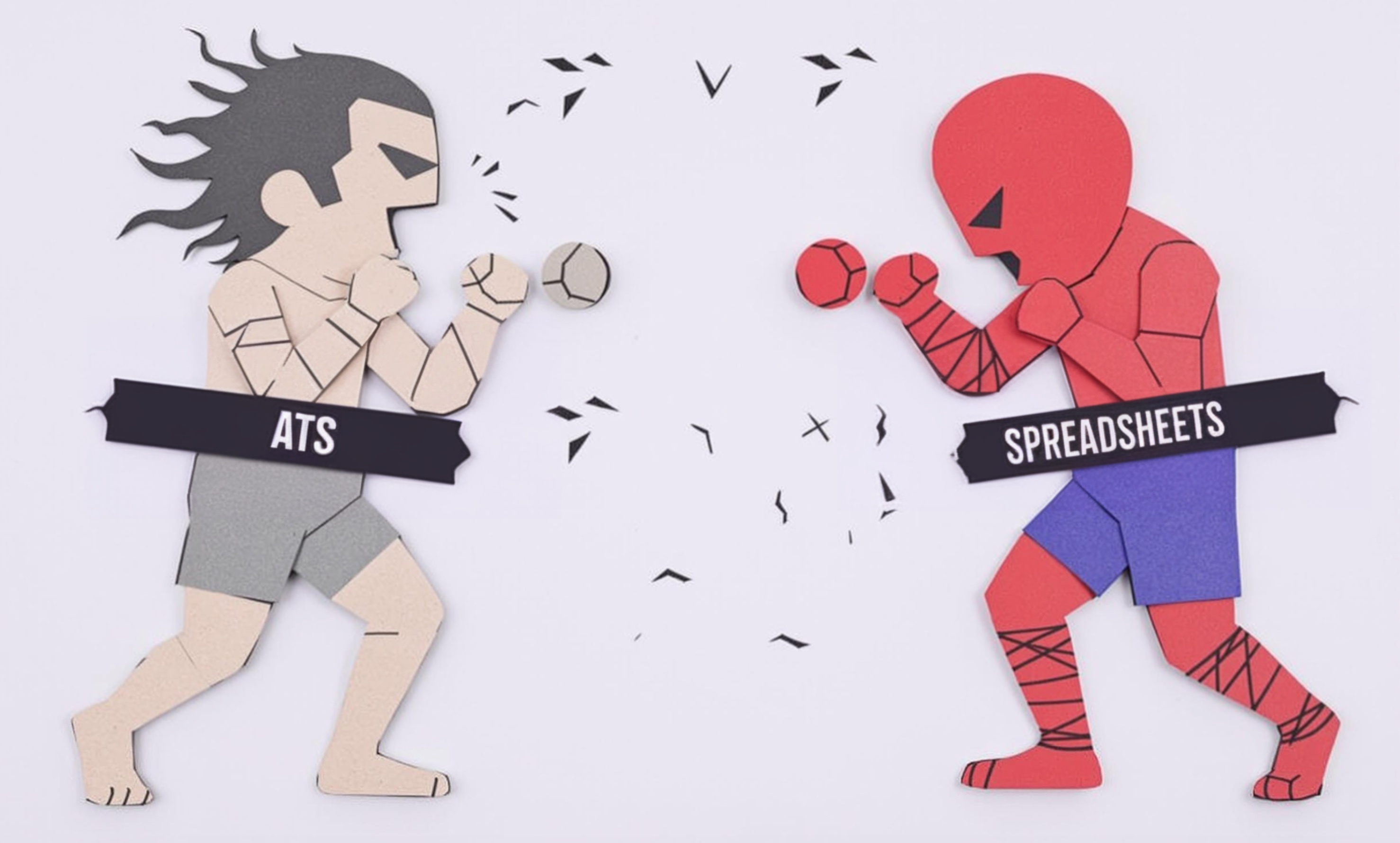
Sachet d'Epices
Sachet d'Epices (also known as spice sachet or bouquet garni bag) is a small pouch filled with herbs and spices used in professional cooking. It's like a tea bag for cooking - chefs put various seasonings in a small cloth or paper bag that can be easily removed from the dish after cooking. This method helps add flavor while keeping the broth or sauce clear and free from loose herbs. It's particularly important in high-end restaurants and commercial kitchens where presentation is crucial. Similar concepts include bouquet garni (herb bundle) and spice balls, but the sachet method is often preferred in professional settings for its convenience and cleanliness.
Examples in Resumes
Developed standardized Sachet d'Epices blends for consistent flavor profiles across multiple restaurant locations
Created signature Sachet d'Epices combinations for award-winning French onion soup
Trained kitchen staff on proper Sachet d'Epices preparation and usage in classical French cuisine
Typical job title: "Professional Chefs"
Also try searching for:
Where to Find Professional Chefs
Professional Organizations
Job Boards
Online Communities
Example Interview Questions
Senior Level Questions
Q: How do you develop and standardize spice blends for multiple restaurant locations?
Expected Answer: A senior chef should discuss inventory management, precise measurements, documentation methods, staff training, and quality control processes to maintain consistency across locations.
Q: How do you create signature spice blends while keeping food costs under control?
Expected Answer: Should explain balancing premium and standard ingredients, supplier relationships, bulk purchasing strategies, and methods to maximize flavor while maintaining profitability.
Mid Level Questions
Q: What factors do you consider when creating a Sachet d'Epices for different dishes?
Expected Answer: Should discuss cooking time, temperature, ingredient combinations, dish style, and how different spices release flavors at different rates.
Q: How do you ensure proper storage and freshness of spices?
Expected Answer: Should explain storage conditions, rotation systems, quality checks, and understanding of shelf life for different spices and herbs.
Junior Level Questions
Q: What materials do you use to make a Sachet d'Epices and why?
Expected Answer: Should know about cheesecloth, muslin, paper filters, and explain why certain materials are preferred for different cooking methods.
Q: Name some common spice combinations used in French cuisine.
Expected Answer: Should be familiar with basic herb and spice combinations like bay leaf, thyme, and peppercorns for stocks and sauces.
Experience Level Indicators
Junior (0-2 years)
- Basic spice and herb knowledge
- Simple sachet preparation
- Understanding of basic French cuisine
- Following established recipes
Mid (2-5 years)
- Custom spice blend creation
- Advanced flavor combinations
- Quality control procedures
- Training others in proper technique
Senior (5+ years)
- Developing signature spice blends
- Managing spice programs
- Creating standardized procedures
- Cost control and inventory management
Red Flags to Watch For
- No knowledge of basic French culinary terms
- Unfamiliarity with common herbs and spices
- Poor understanding of food safety and storage
- Lack of experience with classical cooking techniques
Related Terms
Need more hiring wisdom? Check these out...

Cracking the Code: How to Source Talent in APAC and EMEA with Cultural Sensitivity

Speak Their Language: How Localized Job Descriptions Unlock Regional Talent

Why Your Hiring Spreadsheets Are Secretly Sabotaging Your Recruitment

